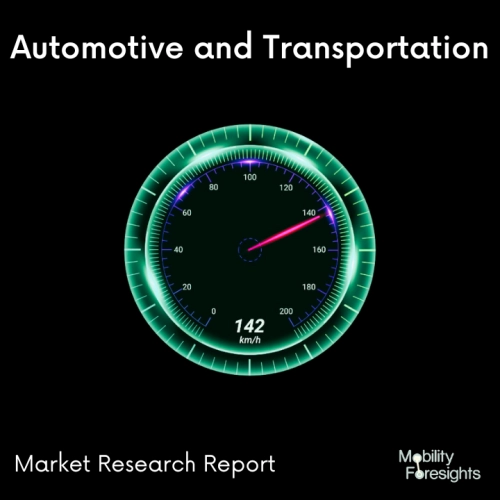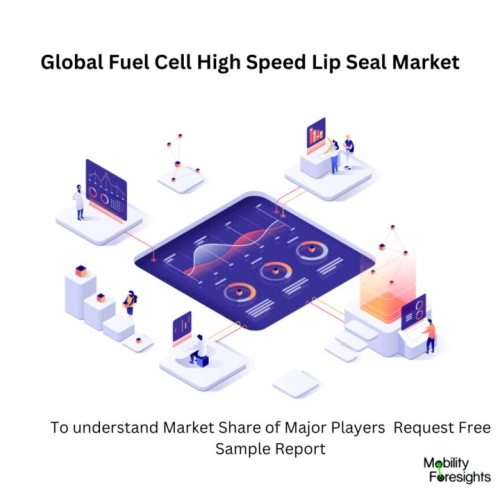
- Get in Touch with Us

Last Updated: Apr 25, 2025 | Study Period: 2023-2030
A particular kind of sealing element created for fuel cell systems is a high-speed lip seal. Fuel cells are electrochemical devices that, through a reaction with an oxidizing agent, often oxygen from the air, turn the chemical energy of a fuel, typically hydrogen, into electricity.
High-speed lip seals are employed in fuel cell systems to stop leaks and preserve the structural integrity of the fuel cell stack and its related components. In places where there is relative motion between several pieces, as around spinning shafts or pistons, these seals are frequently fitted.
The term high-speed denotes the seals' capacity to tolerate rotational or reciprocating motion even at relatively high speeds. This is crucial in fuel cell systems because some parts, such air compressors or pumps for hydrogen recirculation, may rotate at extremely high speeds.
The lips of the lip seal design make contact with the surface to produce a barrier that prevents the flow of liquids or gases. Polytetrafluoroethylene (PTFE), which can withstand the rigours of fuel cell settings, is often used to make the lip seal since it is strong and chemically resistant.

The Global Fuel cell high speed lip seal market accounted for $XX Billion in 2022 and is anticipated to reach $XX Billion by 2030, registering a CAGR of XX% from 2023 to 2030.
Fuel cells fueled by hydrogen are a popular choice among OEMs since they can: produce greater ranges, bigger payloads and increased uptime through quicker refueling.It is anticipated that the operational range would be equivalent to many diesel trucks' (up to 1000 km) and that refueling will take less than 15 minutes.
The sole byproduct produced while using green hydrogen is water vapor. As a result, it is an environmentally friendly method of shipping commodities and will be a significant part of the future energy mix.Circuit for hydrogen circuit of air thermal control to guarantee effective driving and passenger safety, Trelleborg Sealing Solutions is creating and testing innovative materials and solutions for these subsystem
| Sl no | Topic |
| 1 | Market Segmentation |
| 2 | Scope of the report |
| 3 | Abbreviations |
| 4 | Research Methodology |
| 5 | Executive Summary |
| 6 | Introduction |
| 7 | Insights from Industry stakeholders |
| 8 | Cost breakdown of Product by sub-components and average profit margin |
| 9 | Disruptive innovation in the Industry |
| 10 | Technology trends in the Industry |
| 11 | Consumer trends in the industry |
| 12 | Recent Production Milestones |
| 13 | Component Manufacturing in US, EU and China |
| 14 | COVID-19 impact on overall market |
| 15 | COVID-19 impact on Production of components |
| 16 | COVID-19 impact on Point of sale |
| 17 | Market Segmentation, Dynamics and Forecast by Geography, 2023-2030 |
| 18 | Market Segmentation, Dynamics and Forecast by Product Type, 2023-2030 |
| 19 | Market Segmentation, Dynamics and Forecast by Application, 2023-2030 |
| 20 | Market Segmentation, Dynamics and Forecast by End use, 2023-2030 |
| 21 | Product installation rate by OEM, 2023 |
| 22 | Incline/Decline in Average B-2-B selling price in past 5 years |
| 23 | Competition from substitute products |
| 24 | Gross margin and average profitability of suppliers |
| 25 | New product development in past 12 months |
| 26 | M&A in past 12 months |
| 27 | Growth strategy of leading players |
| 28 | Market share of vendors, 2023 |
| 29 | Company Profiles |
| 30 | Unmet needs and opportunity for new suppliers |
| 31 | Conclusion |
| 32 | Appendix |